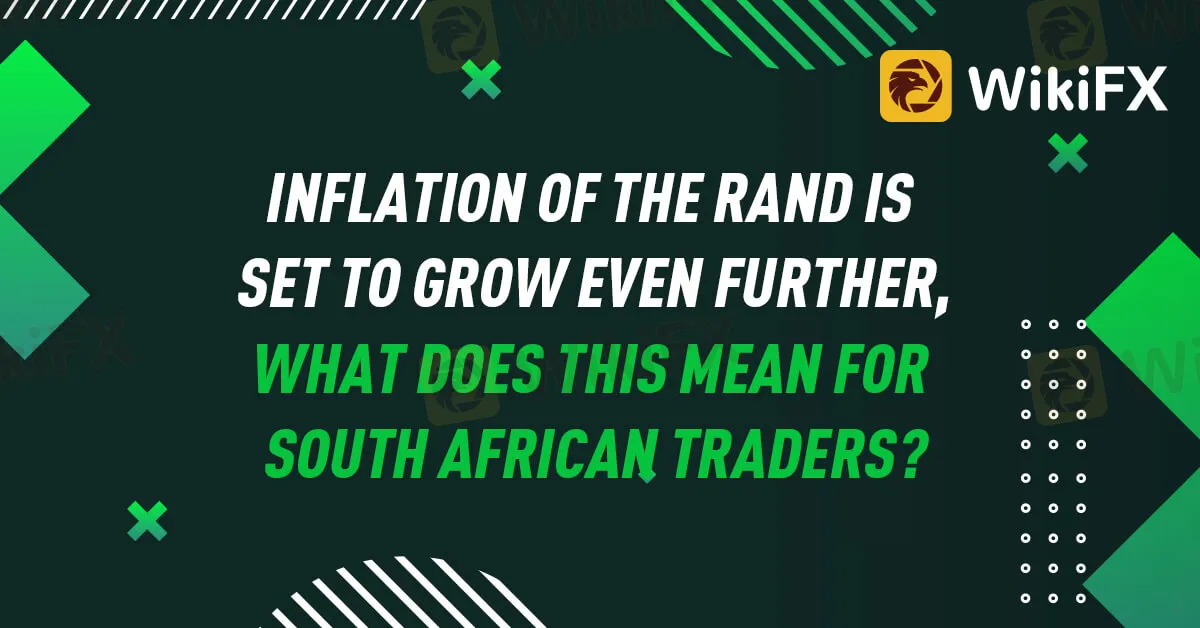Abstract:South Africa, just like most countries, has been subject to rising inflation rates with the onset of the oil supply shock caused by the Russian-Ukraine war and the repercussions of covid 19 policies. Despite inflation levels reaching historical highs this July at 7.8 percent, economists at the Rand Merchant Bank (RMB) predict that inflation rates are still yet to rise till sometime next year. What does this mean for South African traders, and how can they take advantage of this gloomy news

South Africa, just like most countries, has been subject to rising inflation rates with the onset of the oil supply shock caused by the Russian-Ukraine war and the repercussions of covid 19 policies. Despite inflation levels reaching historical highs this July at 7.8 percent, economists at the Rand Merchant Bank (RMB) predict that inflation rates are still yet to rise till sometime next year. What does this mean for South African traders, and how can they take advantage of this gloomy news
If you are looking to trade the ZAR markets you are going to need a reputable broker which is verified and regulated. This is to ensure that your trading account is not subject to fraudulent activity by scamming brokers and that the broker will follow strict rules of conduct. To find such a broker I recommend using WikiFx. This app is connected to all the broker regulatory boards worldwide so they can help you compare the best-rated brokers with the smallest spread. So do not waste hours looking for the right broker for you, download WikiFx today.
Why is South Africa Set to experience higher inflation?
Recently the July inflation rate of 7.8%, the highest it has ever been since the 2008 global economic crisis, indicates a weakening rand throughout the course of the first and second quarters of the year. Inflation has seen the cost of food and supplies run high yet incomes for most households did not change. This has quite an impact on the ordinary South African as on the 25th of August nationwide strikes were held in protests against the current economic conditions.
Despite this, Siobhan Redford an economist of RMB expects inflation rates will remain relatively high, and may even exceed the rate it is at if things remain the same. Although oil prices have dropped from their record highs in June, there is not much incentive for the food and service suppliers to drop prices and stabilize to previous levels, hence why South African inflation rates may still stay the same.
How can traders take advantage of this?
Despite the gloomy prediction traders can take advantage by shorting the ZAR for the remainder of the coming year. The USDZAR just kissed the 17 rands per dollar level hence its recent correction, however, with the current unfavorable economic conditions we can expect the pair to exceed this level and go further beyond it till the end of the year. Those interested in trading this pair should keep a close eye on the upcoming economic news regarding the South African Government's decisions on the matter. If no solutions are found we can assume the market sediment will stay bullish for the rand and we can continue shorting the currency.










